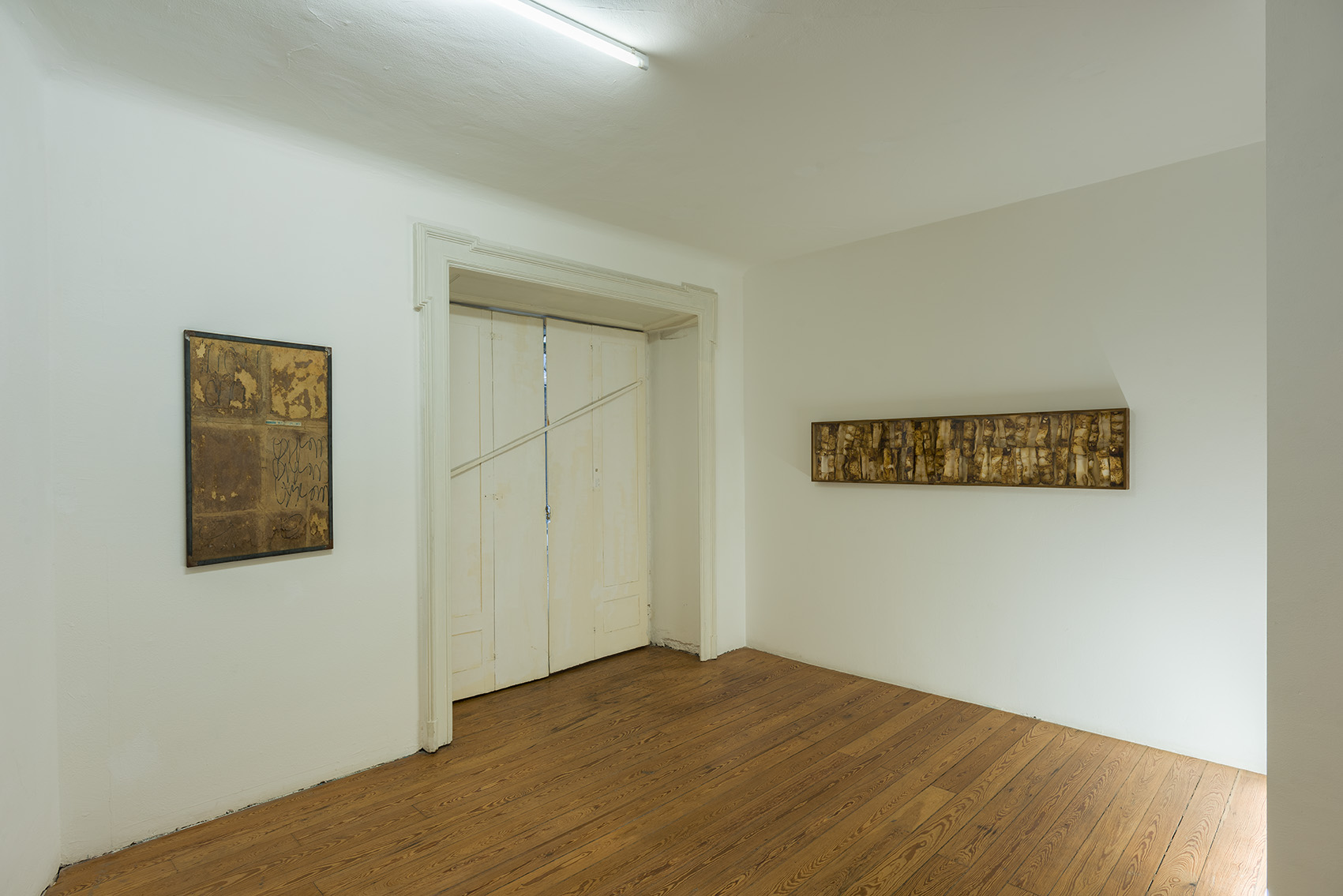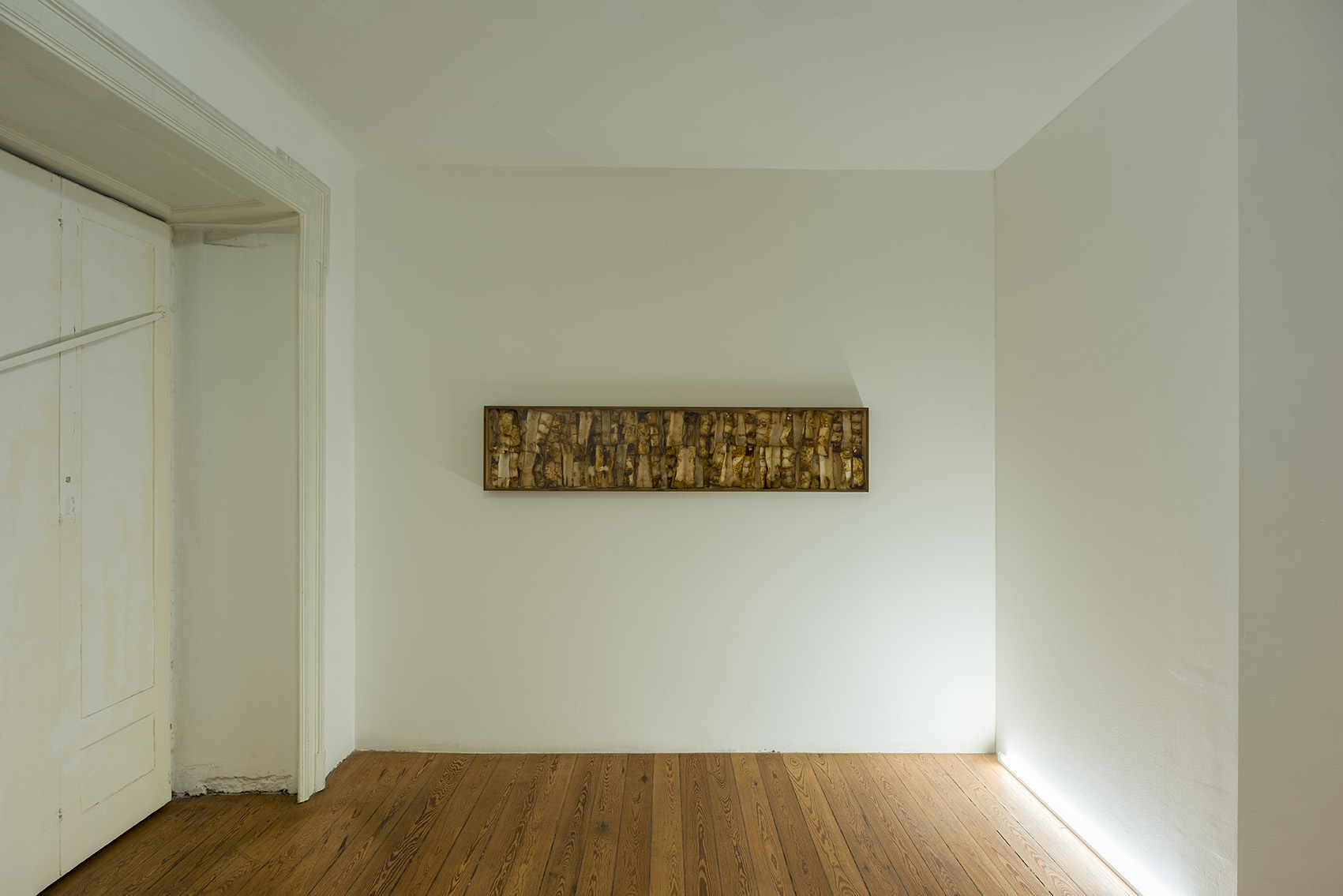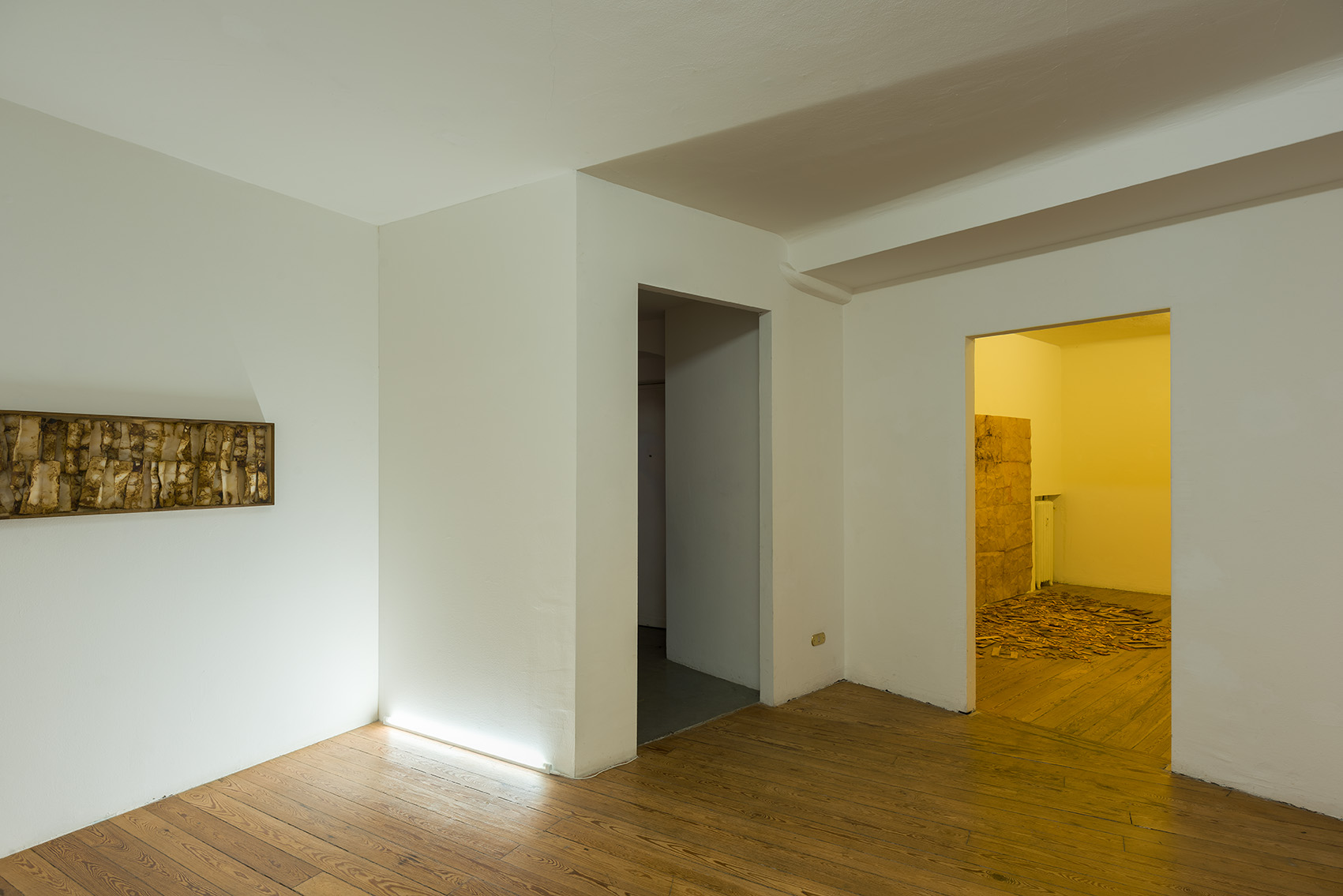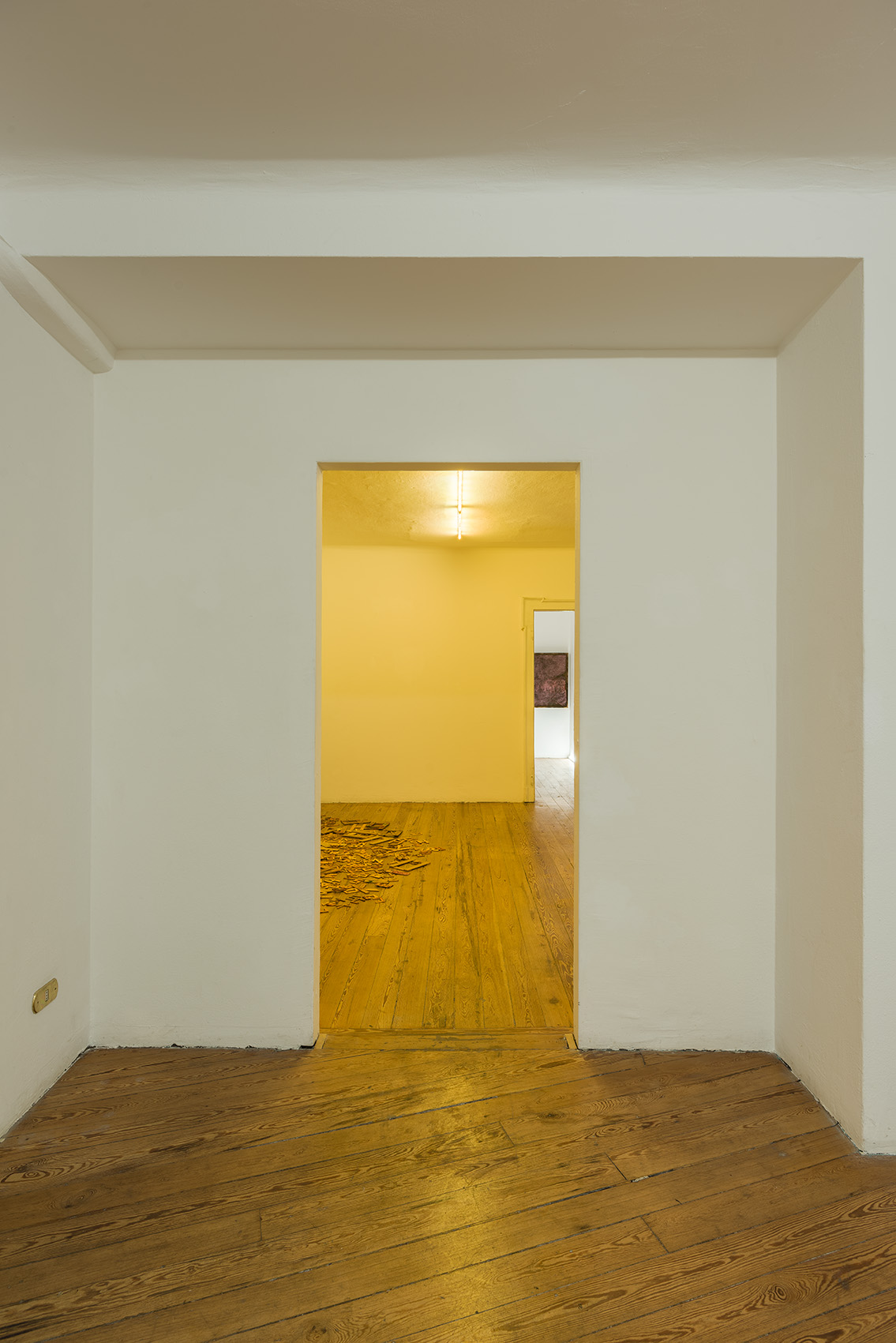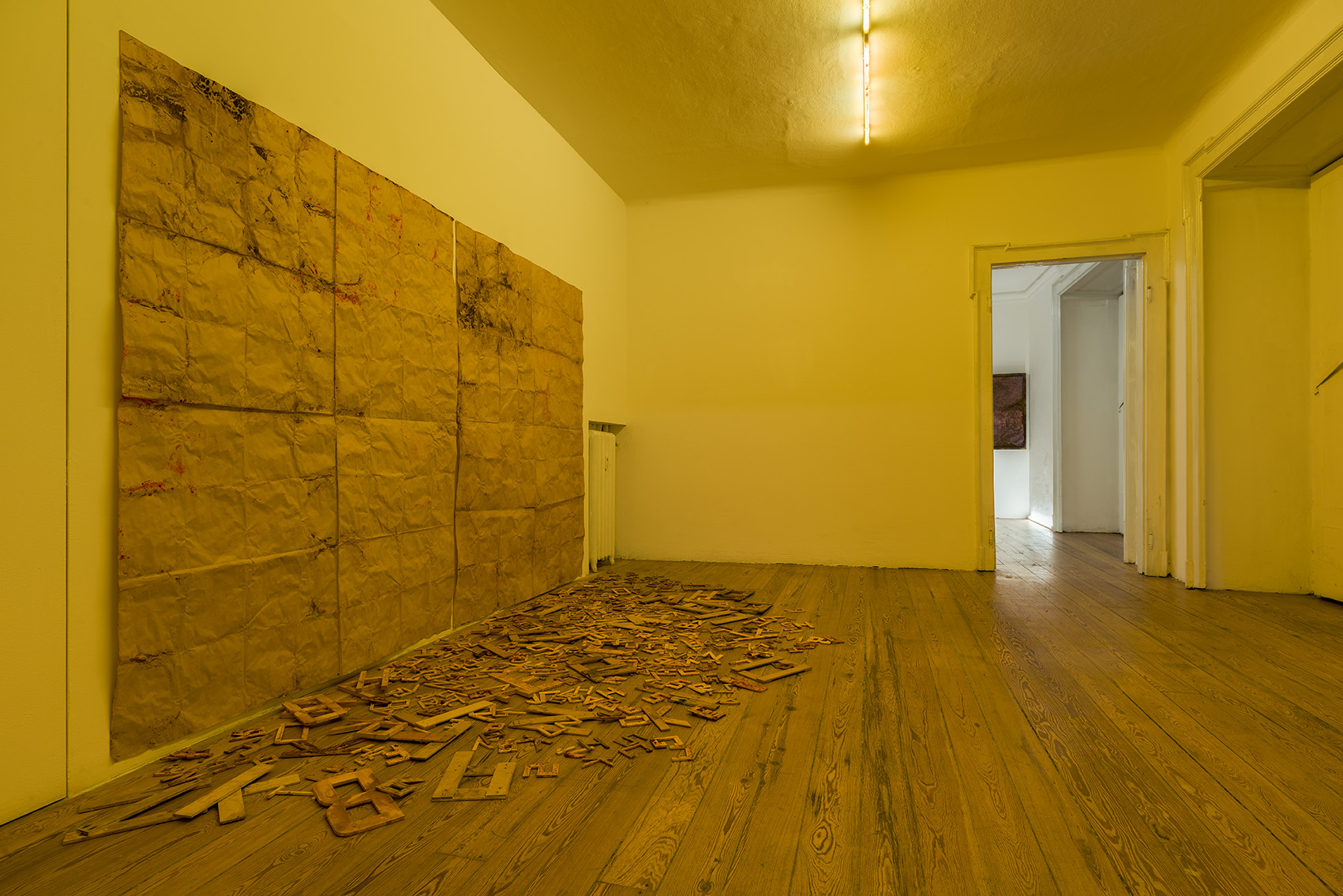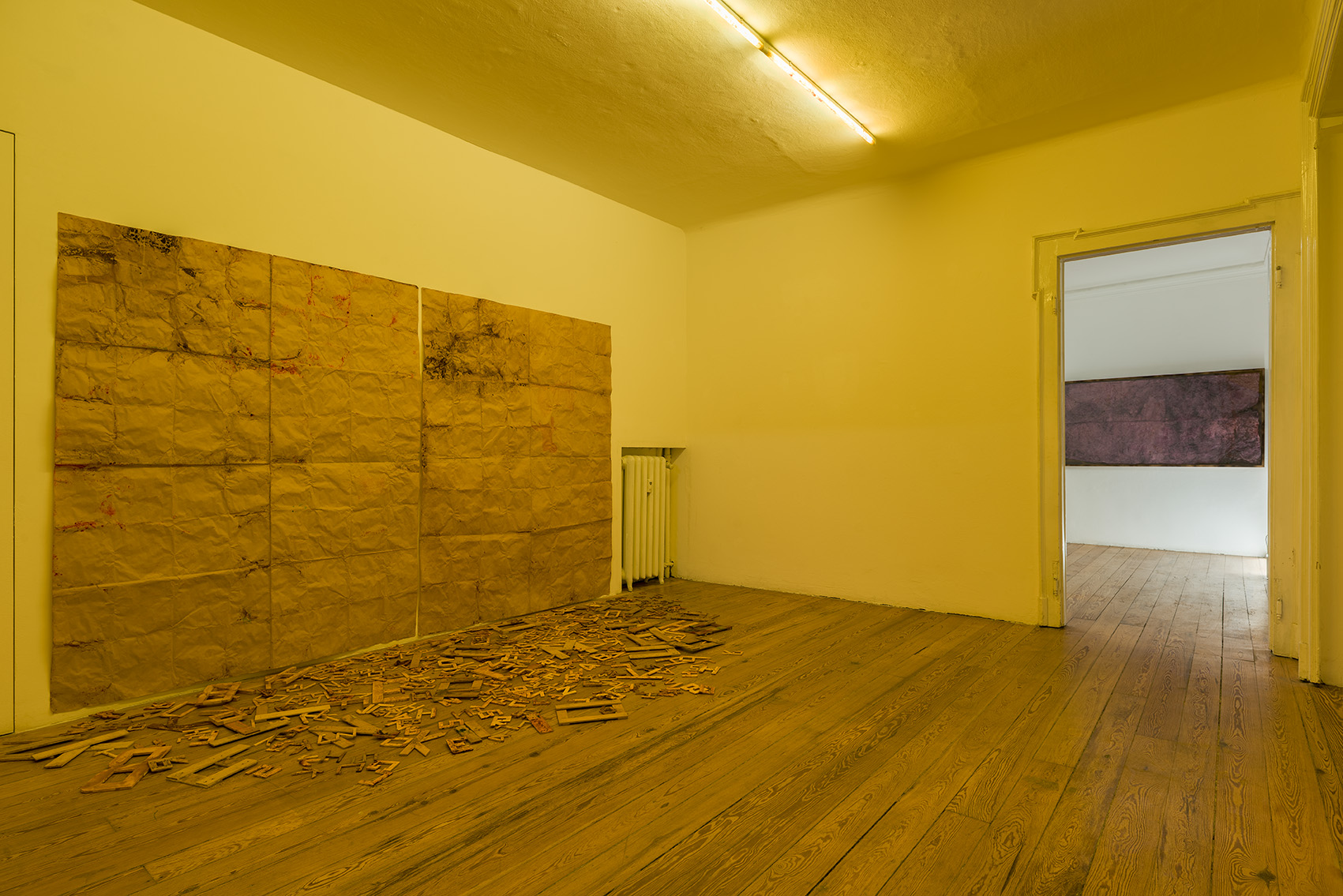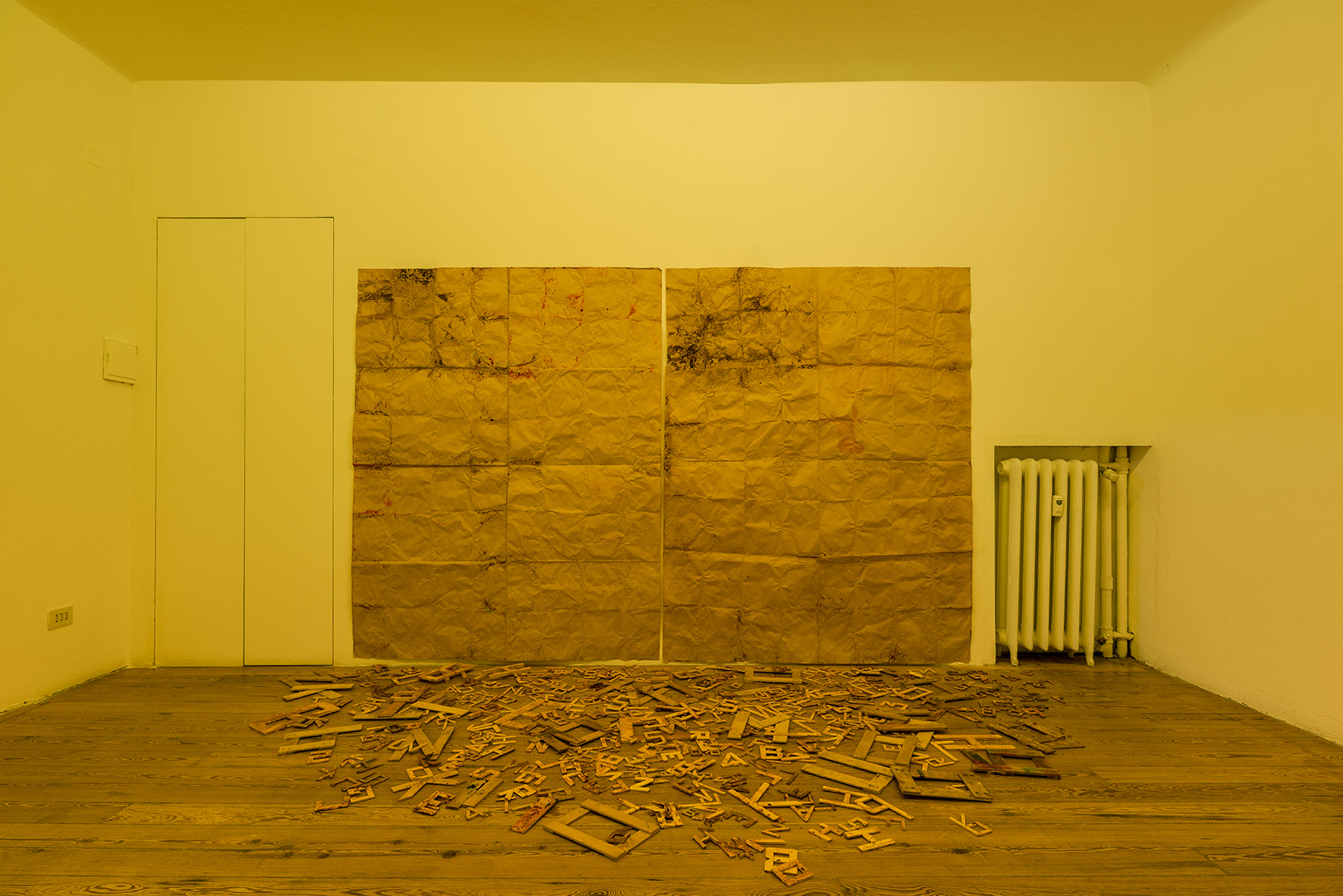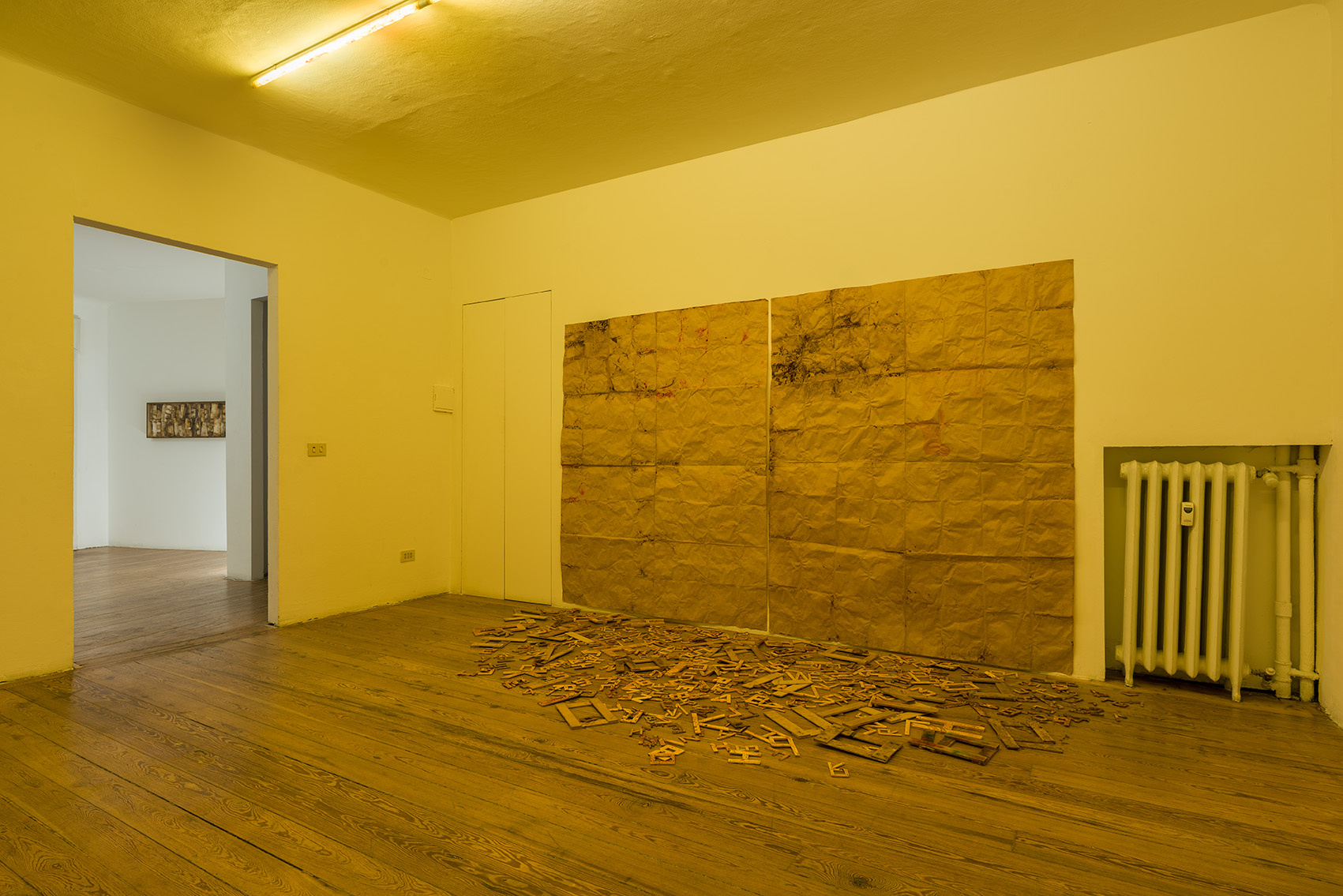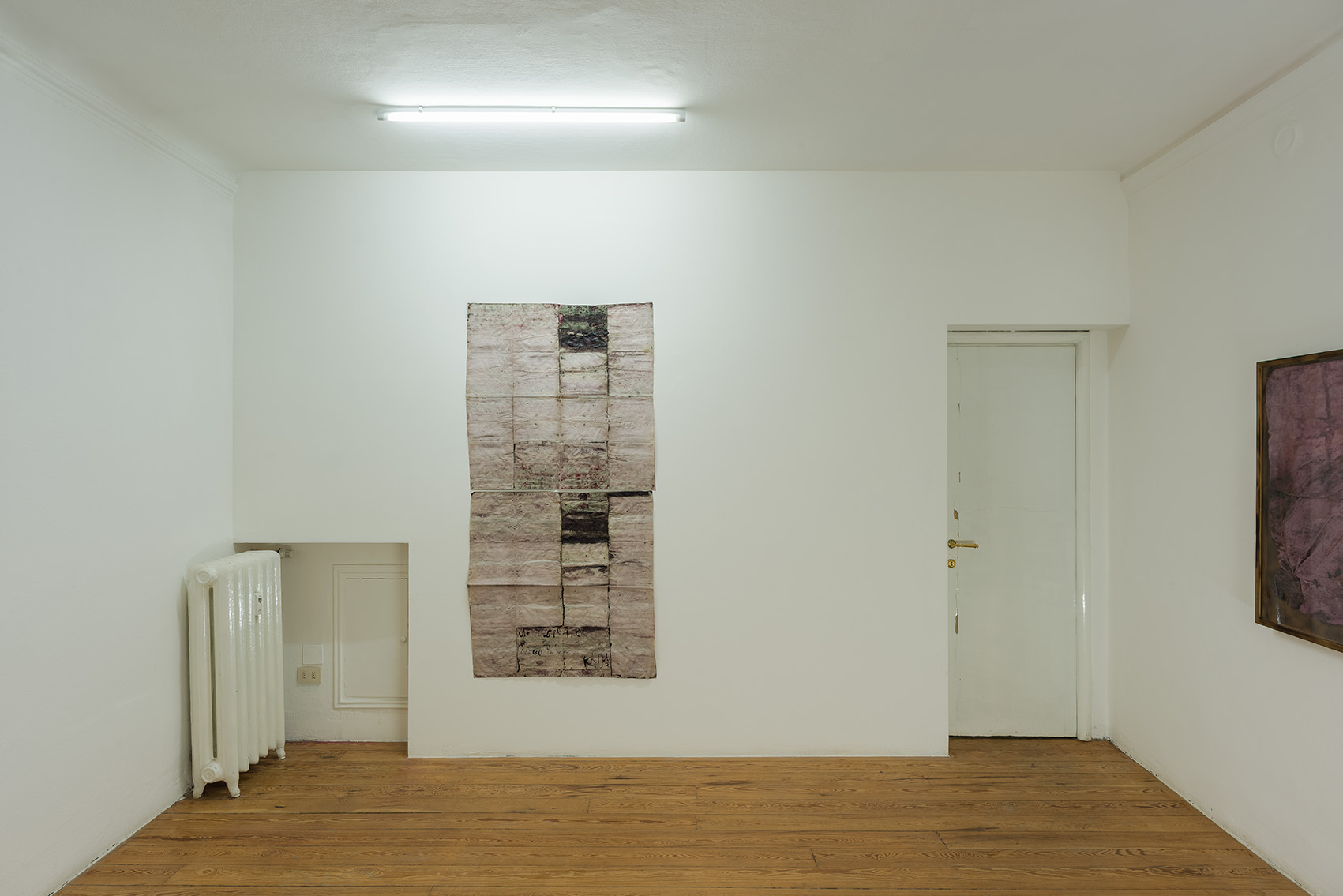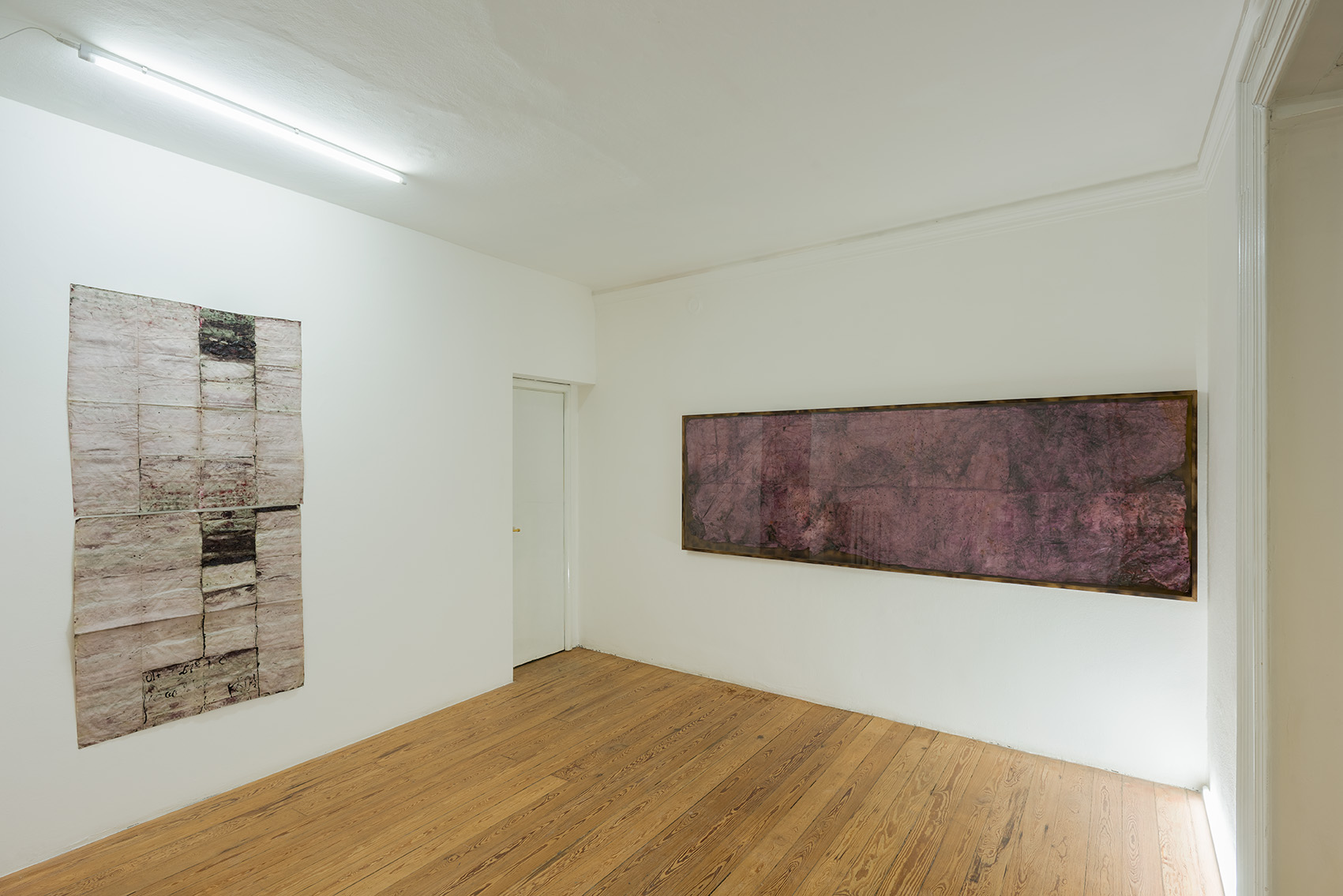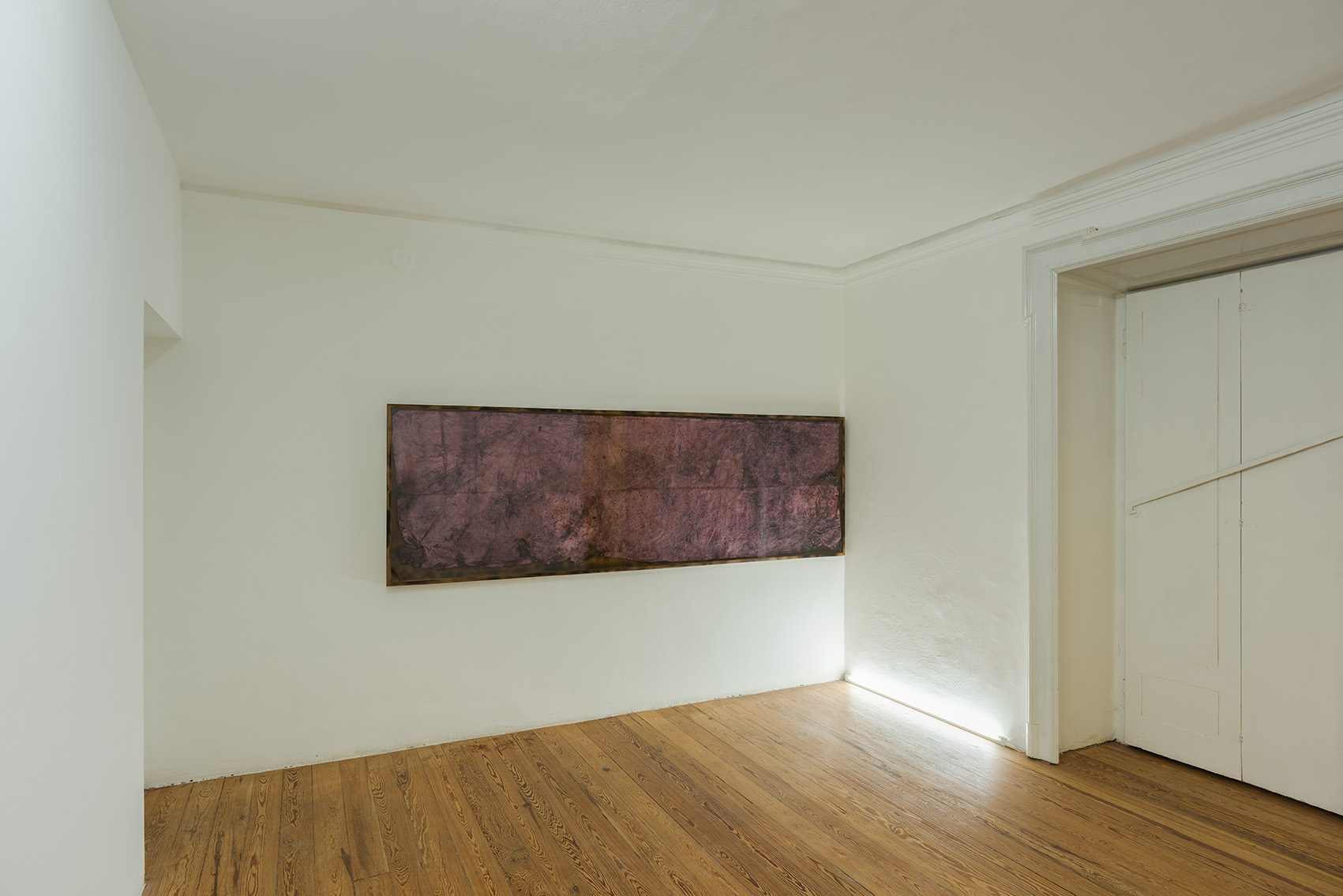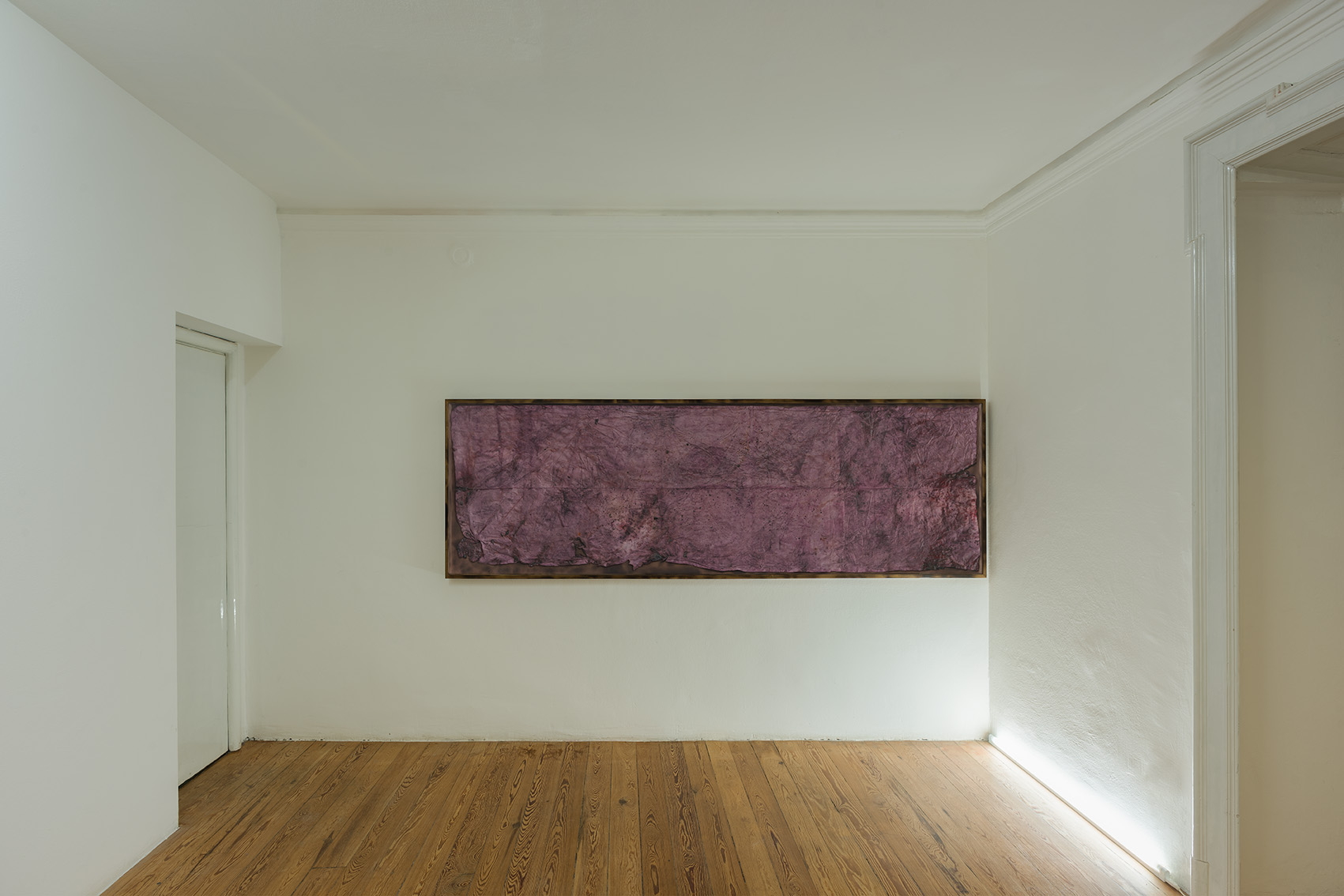Renata Boero
Tempo e Tempi
November 15, 2019 - January 10, 2020
Renata Boero, Tempo e Tempi, 2019, installation view, Galleria Federico Vavassori, Milan
Renata Boero, Tempo e Tempi, 2019, installation view, Galleria Federico Vavassori, Milan
Renata Boero, Tempo e Tempi, 2019, installation view, Galleria Federico Vavassori, Milan
Renata Boero, Tempo e Tempi, 2019, installation view, Galleria Federico Vavassori, Milan
Renata Boero, Tempo e Tempi, 2019, installation view, Galleria Federico Vavassori, Milan
Renata Boero, Tempo e Tempi, 2019, installation view, Galleria Federico Vavassori, Milan
Renata Boero, Tempo e Tempi, 2019, installation view, Galleria Federico Vavassori, Milan
Renata Boero, Tempo e Tempi, 2019, installation view, Galleria Federico Vavassori, Milan
Renata Boero, Tempo e Tempi, 2019, installation view, Galleria Federico Vavassori, Milan
Renata Boero, Tempo e Tempi, 2019, installation view, Galleria Federico Vavassori, Milan
Renata Boero, Tempo e Tempi, 2019, installation view, Galleria Federico Vavassori, Milan
Renata Boero, Tempo e Tempi, 2019, installation view, Galleria Federico Vavassori, Milan
Renata Boero, Tempo e Tempi, 2019, installation view, Galleria Federico Vavassori, Milan
Renata Boero, Tempo e Tempi, 2019, installation view, Galleria Federico Vavassori, Milan
Renata Boero, Tempo e Tempi, 2019, installation view, Galleria Federico Vavassori, Milan
- 2025
-
2024
-
Giangiacomo Rossetti
Squeeze
November 29, 2024 - January 10, 2025 -
Ganz kleine
November 6 - November 22, 2024 -
Kaspar Müller
when we turn, we reappear
September 18 - October 18, 2024 -
Gianni Piacentino
June 25 - July 25, 2024 -
Vincent Murnaghan
Tuscan Landscape Painting
May 22 - June 18, 2024 -
claude rutault
March 12 - April 26, 2024
-
-
2023
-
The 3-second rule of thumb
Curated by Kaspar Müller
December 15, 2023 - February 2, 2024 -
Daniele Milvio
Le Faremo Sapere.
September 21 - October 27, 2023 -
Charlemagne Palestine, C'ERAA UNAAA VOLTAAA CHARLEWORLDDD
June 6 - July 7, 2023 -
Bill Hayden
café Uranus
May 4 - 31, 2023 -
Gianni Piacentino
March 22 - April 23, 2023
-
Emil Michael Klein
January 17 - February 17, 2023
-
-
2022
-
Osama Al Rayyan
knights
November 9 - December 16, 2022 -
Rochelle Goldberg
Ghost Centrale
September 16 - October 21, 2022 -
Beatrice Marchi
Who crushed the Evil Turtle?
June 8 - July 29, 2022 -
Kaspar Müller
Maintenance 2
March 30 - May 13, 2022 -
6 Bagatelles
Osama Al Rayyan
Beatrice Marchi
Daniel Murnaghan
Matthew Pang
Giangiacomo Rossetti
Cinzia RuggeriFebruary 15 - March 18, 2022
-
- 2021
-
2020
-
PaJaMa (Paul Cadmus, Jared French, Margaret Hoening French)
September 25 - November 15, 2020
-
Jared Madere
In the back of the restaurant I made him kiss the ring: Haunted House in the Key of New Years
Paths to G-ddess~ Tiny Dick Timmy Ricochet~ Live from the Geomancer’s Clit Ring
You say one thing and everyone acts like you don’t mean the opposite of it at the same time tooFebruary 13 - March 27, 2020
-
-
2019
-
Renata Boero
Tempo e Tempi
November 15, 2019 - January 10, 2020 -
Doriana Chiarini
IN GRANDE! Scultura a dismisura
Curated by Mariuccia CasadioSeptember 18 - October 31, 2019
-
Cinzia Ruggeri
la règle du jeu?
June 25 - August 9, 2019 -
Genoveva Filipovic
May 14 - June 20, 2019 -
Emil Michael Klein
Curtains
March 15 - April 19, 2019 -
Daniel Murnaghan
February 8 - March 9, 2019
-
-
2018
-
Dario Guccio
Urnas plebeyas, túmulos reales
December 14, 2018 - January 25, 2019 -
Michael Pollard, Eric Schmid
Life is good
October 26 - November 24, 2018 -
Daniele Milvio
A Milano non si usa
September 14 - October 12, 2018 -
Tra l'inquietudine e il martello
July 16 - August 11, 2018 -
Rochelle Goldberg
1000 "emotions"
May 25 - June 30, 2018 -
Green Tea Gallery at Federico Vavassori
Amore Atomico di Amore di Lava
Curated by United BrothersApril 18 - May 19, 2018
-
Bill Hayden and Greg Parma Smith
Legend of Festival and Enclosure
March 16 - April 15, 2018 -
Cinzia Ruggeri
Umbratile con Brio
Curated by Mariuccia Casadio
February 9 - March 10, 2018
-
-
2017
-
Kaspar Müller
Maintenance
December 21, 2017 - January 27, 2018 -
Lisa Ponti
IL
FOGLIO
È UNA STANZA
CHIUSA
MA
MERAVIGLIOSASeptember 15 - October 14, 2017
-
Genoveva Filipovic & Daniel Murnaghan
May 25 - July 1, 2017 -
Rosa Aiello
27 seasons
March 29 - April 29, 2017 -
Giangiacomo Rossetti
KRIS
February 16 - March 18, 2017 -
Matthias Gabi
January 12 - February 11, 2017
-
-
2016
-
Matthew Watson
Surplus to Requirements
November 25 - December 23, 2016 -
Dario Guccio feat. Andrea Cleopatria
Referendum sull'aeroplano
October 25 - November 19, 2016 -
Erika Landström
CONTROL I'M HER
September 9 - October 8, 2016 -
Benjamin Horns
May 25 - June 25, 2016 -
Emil Michael Klein
April 06 - May 14, 2016
-
-
2015
-
Daniele Milvio
Cacafoco
November 9 – December 5, 2015 -
Matteo Callegari
September 17 – October 24, 2015 -
Rochelle Goldberg
The Cannibal Actif
June 5 – July 4, 2015 -
Mélanie Matranga / Oliver Payne
Organized by Fredi Fischli and Niels Olsen
April 10 – May 9, 2015 -
Dario Guccio
Hammer, Chewing Gum, Evasion, Destruction
January 16 – February 14, 2015
-
- 2014
- 2013
- 2012
- 2011
RENATA BOERO
TEMPO E TEMPI
NOVEMBER 15, 2019 - JANUARY 10, 2020
Why hold onto all that?
And I said, Where can I put it down?
– Anne Carson, The Glass Essay
In her series Ctoniographie, Renata Boero puts her works underground. In steps steeped in ritual, the artist uses materials like turmeric, rhatany or ash in an elaborate process of boiling and burial. The resulting works don’t attempt to represent nature’s alchemy, they simply perform it. Stewing her canvases in a series of concoctions, she folds the cloth and offers it up, allowing the marks of time and the traces of its environment to move the transmutation forward. The sudden unearthing of the canvas interrupts the material’s decomposition. From that moment on, the works continue to develop, they keep materializing.
The process is distinct from representation as these forms and shapes emerge from within, rather than via application. It is the invisible that produces the result. The artist tracks and indexes the stages of germination, written notes find their way onto the canvas, adding a level of commentary to the abstract imagery. The compositions harken back to the structural logic of modernist grid systems while also alluding to the craft of quilt making.
Renata Boero could have inherited her squares from Agnes Martin, with whom she also shares a connection to the land and an insistence on a kind of automatism. Boero lends nature’s active part an authorial role in her process, likening the impact of the forest floor to a signature on her works. Martin’s fastidious line and controlled colors constructed the conditions for an experience of totality, an enveloping present. While less perceptible at first, Boero’s work is the result of a meticulous process of testing, timing and transforming materials.
Renata Boero’s work bears a kind of organic resonance with Hanne Darboven’s oeuvre, as Darboven made use of the grid, of the structure of the calendar or the shape of handwriting, to grasp a neutral experience of time, an order all-embracing and always in flux. Similarly, Boero’s work bears a history that continues to transform it into the condition of its presentness, it hangs open to its continued evolution for the eye of the viewer.
This reminded us of the “today” in which Ingeborg Bachmann’s Malina opens, where the prospect of continuous immediacy, of a true “today” is fundamentally overbearing: «too gripping, too boundless... In fact, “today” is a word that only suicides ought to be allowed to use, it has no meaning for other people.»
Indeed absolute presence is daunting, it requires the embrace of everything that comes up. The works of Renata Boero move us to participate in their simultaneity, their enveloping presentness is deeply veracious. Everything is right there with us.
Tenzing Barshee & Camila McHugh

